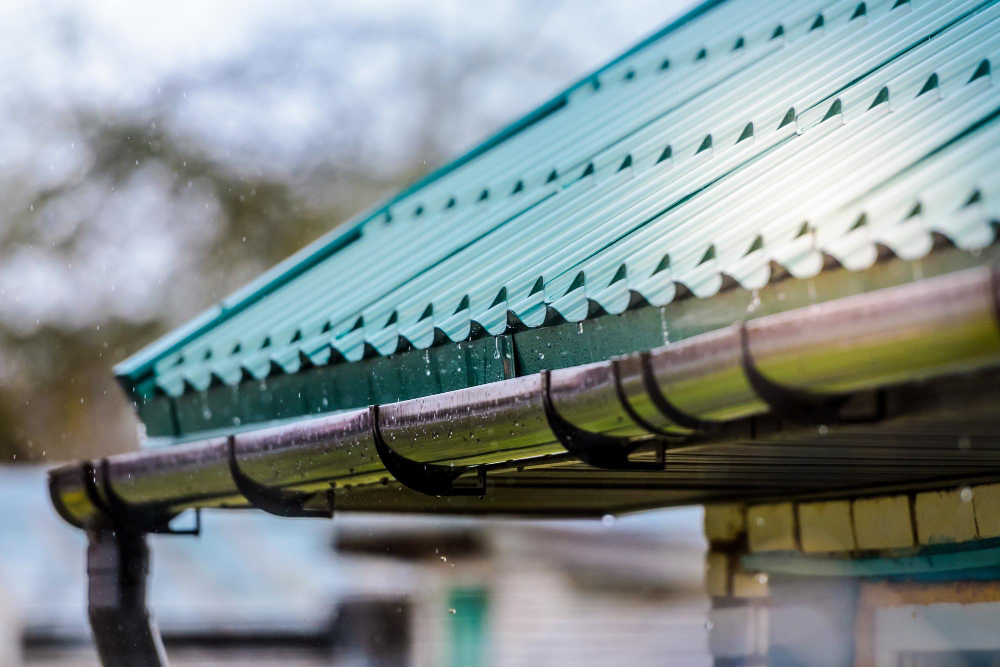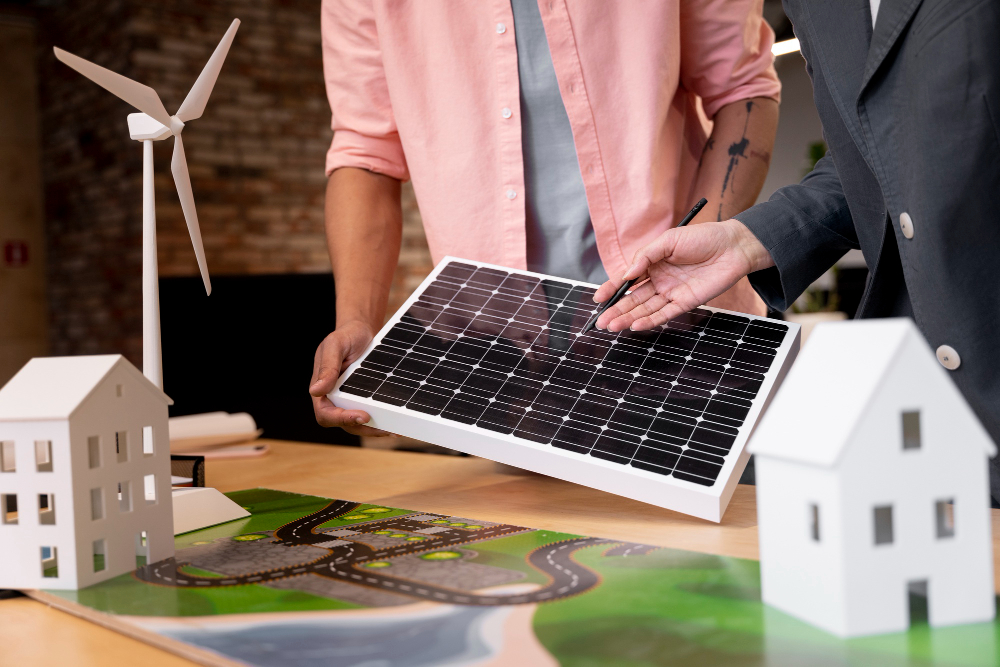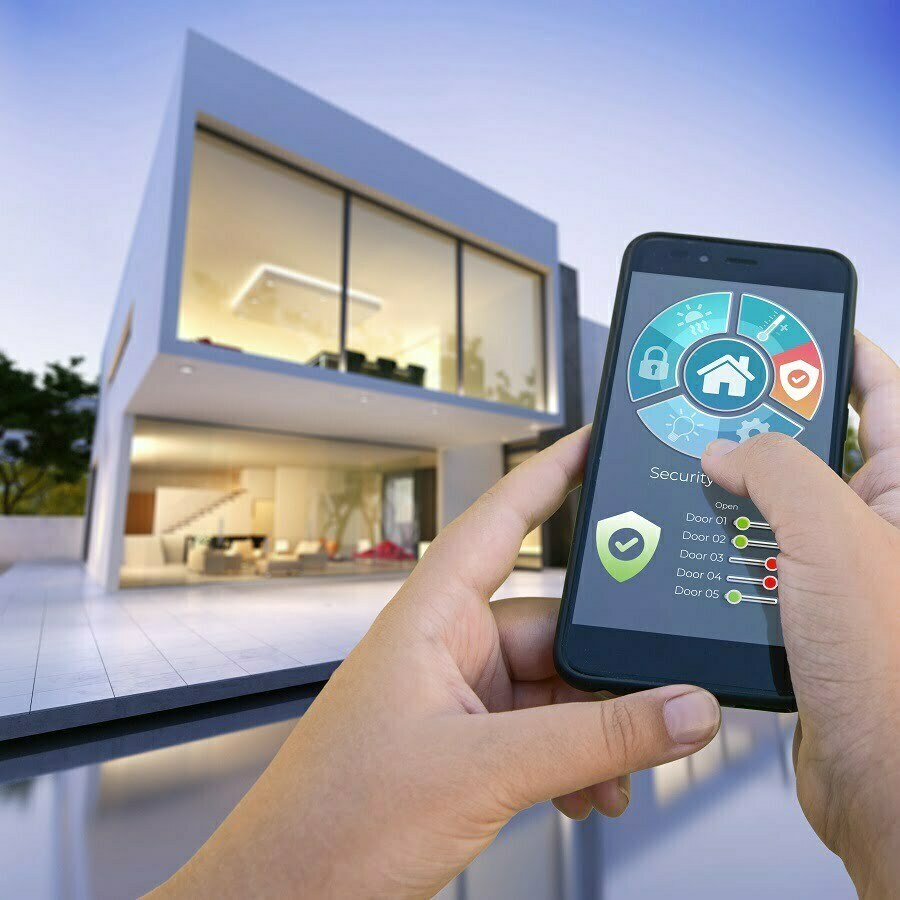Last updated on
A roof is more than just a protective covering for a structure; it plays a crucial role in the overall sustainability and resilience of a building. With the increasing focus on environmental consciousness and the need for structures to withstand the challenges of a changing climate, building a roof that is both sustainable and resilient has become a paramount consideration in construction.
In this article, we delve into the key aspects that define a sustainable and resilient roof, offering insights into materials, design considerations, and maintenance practices that can contribute to a more durable and eco-friendly roofing system.
Materials Matter

The choice of roofing materials significantly impacts the sustainability and resilience of a structure. Opting for environmentally friendly materials, such as recycled metal, reclaimed wood, or eco-friendly shingles made from recycled materials, not only reduces the environmental impact but also contributes to the overall longevity of the roof.
These materials often have a longer lifespan and require less maintenance, reducing the need for frequent replacements and minimizing the waste generated over time. Additionally, materials with high thermal mass, such as clay tiles or concrete, can contribute to energy efficiency by regulating indoor temperature and reducing the reliance on heating or cooling systems.
Innovative Design for Efficiency
Beyond the choice of materials, the design of the roof itself plays a critical role in enhancing sustainability and resilience. Innovative designs that incorporate features like green roofs, solar panels, or rainwater harvesting systems can transform a roof into a multifunctional and environmentally beneficial element of a building.
Green roofs, covered with vegetation, provide insulation, absorb rainwater, and contribute to air purification. Solar panels harness renewable energy, reducing reliance on non-renewable sources and lowering energy bills.
Integrating rainwater harvesting systems not only conserves water resources but also reduces the load on stormwater drainage systems. These design considerations not only enhance the eco-friendliness of the structure but also contribute to its resilience by providing alternative sources of energy and water.
Maintenance Practices for Longevity

Sustainability and resilience go hand in hand with proper maintenance practices. Regular inspections and timely repairs can prevent small issues from escalating into major problems, prolonging the lifespan of the roof.
Periodic cleaning of gutters and drainage systems ensures efficient water flow, preventing water damage and leaks. Implementing a proactive maintenance plan that includes inspections after extreme weather events, such as storms or heavy snowfall, can help identify and address potential vulnerabilities promptly.
Additionally, incorporating reflective coatings on the roof surface can mitigate the impact of UV rays, reducing heat absorption and extending the life of the roofing materials. By adopting these maintenance practices, building owners not only contribute to the sustainability of their roofs but also enhance their structures’ resilience against the challenges of the environment.
Finding a Sustainable Roofing Company
When embarking on the journey of constructing a sustainable and resilient roof, selecting the right roofing company is as crucial as choosing the materials and design. If you’re looking for a roofing company in Clearwater or any other place, it’s essential to prioritize those with a commitment to environmentally friendly practices.
Seek out companies that specialize in sustainable roofing solutions, using eco-friendly materials, and implementing green technologies in their projects. A reputable roofing company will not only guide you in selecting the most suitable materials for your project but will also ensure that the installation follows best practices for longevity and efficiency.
By collaborating with a roofing company that shares your commitment to sustainability, you contribute to the overall success of your environmentally conscious construction project. Building a sustainable and resilient roof is a collective effort, and the right roofing partner can make a significant impact on the overall success of your eco-friendly building initiative.
Smart Roofing Solutions
In the quest for sustainability and resilience, integrating smart roofing solutions can revolutionize the way roofs function. Advancements in technology have given rise to smart roofing materials equipped with sensors and monitoring systems.
These technologies can provide real-time data on the roof’s condition, allowing for proactive maintenance and early detection of potential issues. Smart roofs can also optimize energy efficiency by adjusting insulation levels based on weather conditions and occupancy patterns.
Investing in these innovative solutions not only enhances the environmental performance of the roof but also contributes to the overall intelligence and adaptability of the building in the face of changing environmental conditions.
Fostering Sustainable Roofing Practices
Building a sustainable and resilient roof extends beyond individual structures; it involves fostering a sense of community engagement and awareness. Collaborate with local communities and share knowledge about the benefits of sustainable roofing practices. Encourage neighbors and businesses to consider environmentally friendly roofing options when undertaking construction or renovation projects.
By creating a collective commitment to sustainable roofing, communities can contribute to a more significant positive impact on the environment. Local governments and community organizations can play a pivotal role in promoting sustainable roofing practices through incentives, education, and awareness programs, creating a ripple effect that goes beyond individual structures.
Constructing a sustainable and resilient roof is a multifaceted endeavor that involves careful consideration of materials, innovative design, maintenance practices, technological advancements, and community engagement. The choices made at each stage of the process impact not only the immediate structure but also contribute to the broader environmental and community landscape.
Whether you’re looking for a roofing company in Clearwater or any other location, prioritize those that align with sustainable practices. As technology continues to advance and communities become more aware, the future of roofing lies in a collective effort towards building structures that are not just shelters but active contributors to a healthier and more resilient planet.
Related reading:
Table of Contents





